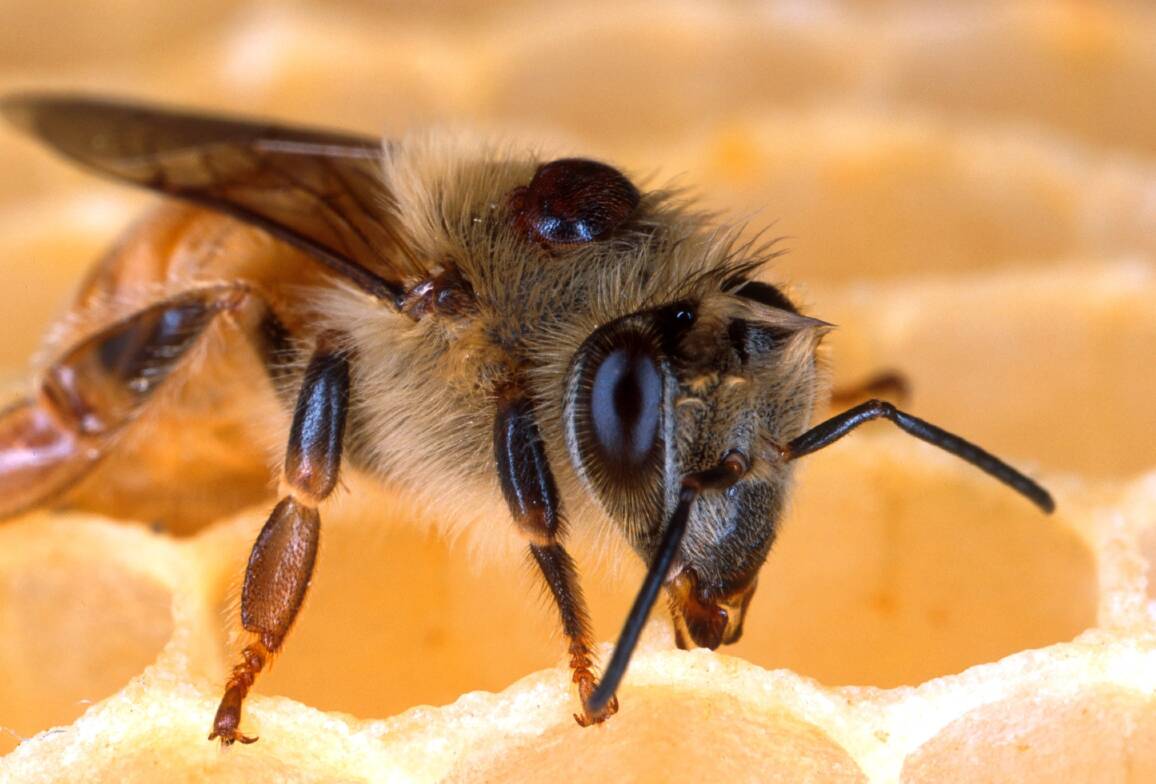
VARROA mite cases continue to pop up in new parts of the Hunter, with Lochinvar emerging as the newest area of concern for the unwanted parasite.
The NSW Department of Primary Industries said tracing and surveillance work had confirmed the new case between the Stanhope and Maitland red zones, where bees are being eradicated.
That takes the total number of infected premises to 104 since the mite was first found at the Port of Newcastle in June.
Chief plant protection officer Satendra Kumar said the eradication zones would expand to encompass the new premises, sparking fresh biosecurity orders.
"NSW DPI is putting significant resources into surveillance across the purple zones which surround the red zones, so it is not unexpected that we would find some mites," Mr Kumar said.
"The purple zone is there so we can delimit the spread of the Varroa mite from the infested sites and we remain confident in containment.
"Response staff have carried out surveillance on over 10,000 hives in the purple zone, and almost 30,000 hives state-wide."
Beekeepers have tested more than 85,000 hives in the general emergency zone, with alcohol washe surveillance mandatory every 16 weeks.
"NSW DPI acknowledges this incursion is difficult for many people and would like to thank the industry and communities helping the response to achieve the goal of eradication," Dr Kumar said.
Australia is the only major honey producing country free from varroa mite, the most serious pest to honeybees worldwide.
The Lochinvar case comes less than a week after the mite was discovered in a hive at a property near Cessnock, also outside the red zone at the time.
"The detection was kind of just outside an existing red zone so it pushes that zone out by another 10 kilometres," DPI spokesman Mark O'Brien said. "But it's obviously significant in the context of the response."
"Just like COVID when you're contact tracing of a person infected at the pub and you go back and interview all their friends, it's the same thing."







